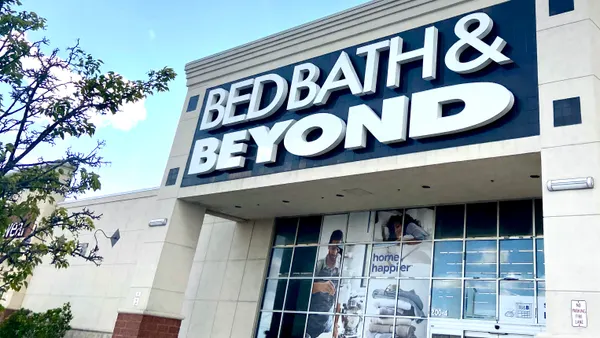Dive Brief:
- A recent study from OmniVirt revealed that 360-degree virtual reality ads perform appreciably better than regular advertising across metrics such as click-through rates, viewability, and video completion. The data was derived from over 700 million ads served.
- In click-through rates, OmniVirt found that VR photos performed 300% better than regular two-dimensional photos, and 14% better than regular photos in viewability.
- In video completion rates, 360-degree videos were 46% higher than regular videos, with an 85% video completion rate for 360-degree video versus 58% for two-dimensional videos.
Dive Insight:
Differentiation in advertising is tough, and many companies are finding 360-degree VR to be an effective path forward. They say that immersive media delivers better results compared to 2D advertising formats.
The study from OmniVirt, a VR and AR ad platform, said that 86% of users, when presented with an interactive 360-degree video, chose to interact with the video.
Pushing the boundaries of brand experience is crucial in an environment where the battle for viewer attention is raging fiercely. Audience engagement with brand, and interactions, are quickly becoming more important than impressions, so advertisers need approaches that guarantee high engagement and interaction.
"We believe in the power of the 360-degree VR format to tell more engaging stories that stick with audiences," OmniVirt said in its report. "We value immersion, interaction, and thinking outside the box, key features of 360-degree VR that are proven to deepen engagement with audiences. These features aren't just 'cool' and 'innovative,' they're proven to work."
The study cited the example of a Clorox ad involving Fresh Step kitty litter and Febreze, along with Chick Fil-A cows and a Coach runway show.
VR has been at the center of more than just advertising, though. Last year, Walmart brought together a group of high-tech brand executives, technologists and venture capitalists at its tech incubator Store No. 8 in Los Angeles to see some of the latest developments in VR. Short term, the goal of the event was to open up the VR community and retailers to a number of use cases for the technology, Katie Finnegan, principal of Store No. 8, told Retail Dive at the time. But in the long term, the company wants to develop a self contained company to exist under the Store No. 8 umbrella.
Then last month, Walmart's Store No. 8 acquired VR platform and content studio, Spatialand, its third portfolio company. "The team will develop and explore new products and uses of VR through immersive retail environments that can be incorporated by all facets of Walmart, online and offline," Finnegan said.











